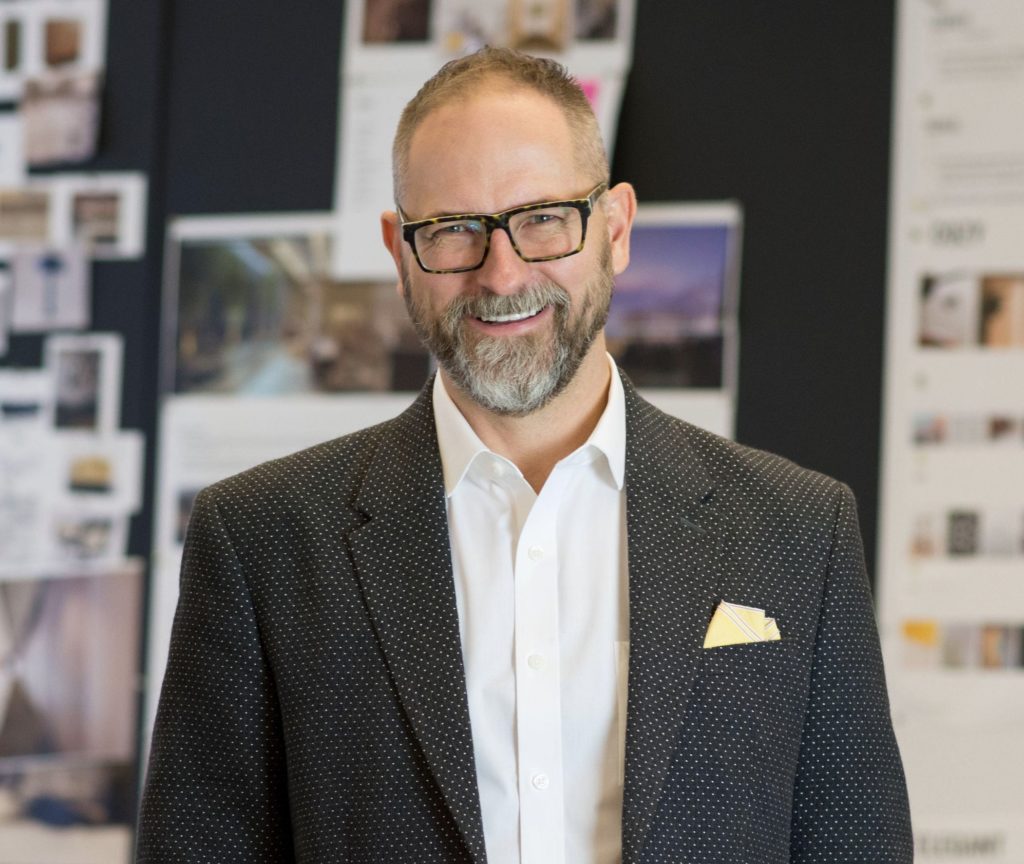While global, severe weather events used to be an occasional occurrence, we now understand their increasing frequency to be evidence of climate change. We’re facing numerous shocks and stressors to our environment to which we must quickly adapt and respond. Though the conversation around resilience often takes place among politicians, government agencies and architects on a larger scale, interior designers are also in a unique position to create and influence how we prepare for and respond to these changes as a society.
Resilient design is no longer an idea to be explored – it’s an essential conversation for interior designers to have with landlords, brokers and tenants alike to create spaces that go beyond their most basic stated functions to ensure total human wellness, including physical safety and mental health, well into the future.
To better understand the impacts and the opportunities we might have in corporate interior design to guide our clients to make better resilient decisions, I approached a long-standing client with headquarters in New York City to review their space and evaluate their design through a lens of economic, environmental and social implications as related to resilience.
While not part of their decision making at the time, the client ultimately selected a site that offers protection from flooding. Within the building, they put measures in place to lower their lighting levels during times of extreme heat or high power usage, and also have backup generators and sites in case of a loss of power. They also implemented sustainable practices: to reduce the dependence on cars and encourage public transportation, there is bike storage onsite but no car-parking available. The building’s roof is designed as a shady area of refuge, reduces rainwater runoff and features gardens for food to be grown onsite. The building is certified LEED Gold and 13 floors (and counting) have been certified either LEED Silver or Gold.
This client has even gone so far as to have established extreme situation preparedness with emergency protocols, go-bags, food and provisions onsite. To support employee mental health and wellness, they have diversity support programs, fitness amenities, mother/wellness rooms throughout and an onsite nutritionist. They also participate with local charities.
Addressing climate change and the dramatically changing socio-economic landscape is a new challenge for which we have no precursor, but to make it less daunting, especially for designers, Perkins+Will has pioneered a comprehensive process for incorporating resilience into new building design and planning with the RELi Resiliency Action List. With eight categories of criteria ranging from hazard preparedness (readiness) to applied creativity, the action list is designed for resilience planning at multiple scales and addresses a variety of unique issues. It is the most comprehensive reference guide and certification available anywhere for socially and environmentally responsible design and has now been adopted by the USGBC as a new system of evaluation and affirmation of resilient design.
As interior designers looking to bring resilience to the forefront of our design approach, we might start by asking ourselves the following questions:
- What are the most pressing environmental concerns of our clients?
- What are possible shock situations that could happen in the context of your design?
- How have shock and stressor situations affected your current designs, and what solutions have you implemented to better prepare you for future situations?
- What concerns do your clients have regarding extreme events, and what precautionary moves are companies making to mitigate the effects?
By spreading awareness of how we can be effective in making better design decisions around resilience, we are working toward a better and stronger world – one that will ensure the longevity of our spaces, our cultural organizations and continuity in our way of life.

